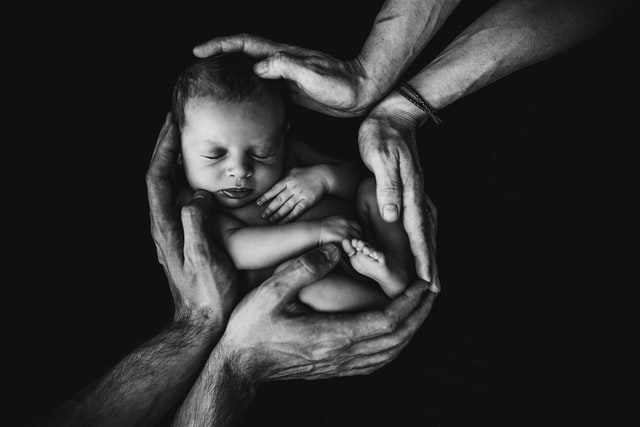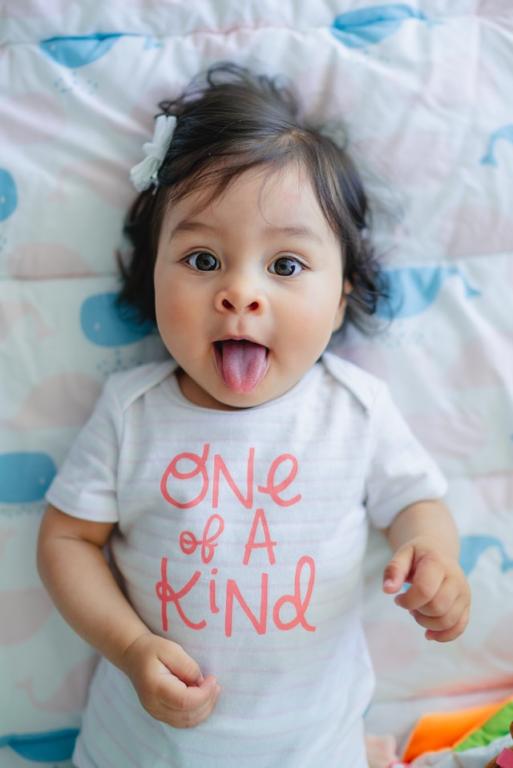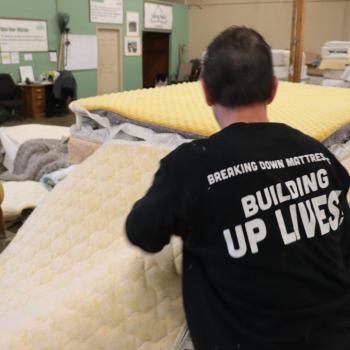With a sudden and unexpected reversal, the Supreme Court sent the abortion issue “back to the American people,” to the States to make their own laws.
As a teen I was first introduced to the abortion issue by a musical artist, Phil Keaggy. His song “Little Ones” cut through to the real issue – that we are talking about life.
I’ve never believed the fetus was anything less than a human – and this is something every mother knows instinctively. And that fact made my position all the easier.
It grew more complicated as I encountered the poor, homeless and impoverished in our society. Unexpected babies were the norm. And with every baby announcement came a whole set of complications — jobs, boyfriends, food on the table. We all use the word, “Choice” and “Life,” but each of those carries implications. Over the years I’ve seen a beautiful embrace of adoption, single mother care and support by Christians. Life is important beyond just the birth process.
Truth is, I thought I would never see a relaxing of abortion on demand. My State (Colorado) recently passed a law that removes all time limitations. The baby can be killed right in the birth canal. Every state varies, but I never dreamt that the practice would be changed. I have friends who marched on the capitol and passionately stood with signs calling for change, but secretly I knew they were wasting their time.
Until this week.
Blame it on Evangelicals?
I must point out that the Court does not have an evangelical voice on the court, with only one Protestant – Neil Gorsuch is Episcopalian but was raised Catholic. There are six Catholics. Incoming member Ketanji Brown Jackson claims to be “nondenominational Protestant,” which is close to what most Evangelicals self-identify.
But Evangelicals are closely aligned with Catholics when it comes to the pro-life movement, standing on sidewalks, marching, and advocating for decades on behalf of the unborn.
This was the one issue that unified Protestants and Catholics and many strategic alliances have resulted from this front.
If people want to blame this on the Catholics who sit on the court, then we need to stand with them – shoulder to shoulder.
The Court’s reasoning is that abortion is not a Constitutional matter. It’s a legislative matter and the courts shouldn’t decide these issues because the Constitution is agnostic. Despite what many are saying, abortion isn’t suddenly illegal in the US. It simply goes to the States where some will freely allow abortion and others will forbid it and yet others will find a middle place to settle.
Until today, America was the only Western county to have abortion as a constitutional right. All other countries do it by democratic or republic rule.
The Court didn’t reflect on the morality of abortion. Rather, they ruled on the nationwide approval of the procedure based on a flimsy constitutional basis. We learned this early on in our education – that the Court doesn’t make laws. And this decision reverts to this principle.
Follow the Science
One of the things that changed since Roe was made the law of the land is the advancement of science. In 1973 fetal viability – when a baby could survive outside the womb – was 28 weeks. Now babies can live at just 23 weeks.
In 1973 the ultrasound for pregnancy was just being developing. Up that point, doctors just listened for a heartbeat and pushed on the mothers’ stomach to gain any necessary evidence. There were no images. Just an occasional kick and the mass in the stomach region. Now we know that the heart begins to beat after just six weeks — or earlier. The baby feels pain as early as 12 weeks. The “blob” is alive!

Today there are 3D and even 4D images which show the intricacy of the baby in the womb. With fingers and toes and even emotions on full display, the “piece of tissue” or “fetus” takes on human form and its undeniable that the baby is real.
The closer the baby gets to the end, the more we embrace the humanity of the child. In fact, only 19% support abortion in the third trimester. Why is this? Because the idea of killing a baby in the womb with scissors or suction or poison is reprehensible to most common-sense individuals. Despite the inconvenience of having a child, the longer it grows in the uterus the more life-like it becomes and the procedure has deep shadows of murder.
Embrace the Crisis Pregnancy Center
There are thousands of alternative pregnancy centers across the nation. Yes, most of these are staffed by people of faith, but their primary mission is compassion.
These centers also provide pregnancy testing, ultrasounds, STD testing and treatment, pregnancy education, community and medical referrals and material needs. I know of one such center that provides two years of baby formula, diapers and other supplies free of charge.
When crisis pregnancy centers can show an ultrasound to a new mother, the rate of abortion continuance plunges 80 percent. Is this not pro-choice, the mother taking the best available data and then making a decision?
Why are they the target of hate and vitriol? Why are they being attacked when their mission is to bring all the evidence to light?
Women at risk: This is where we can come together
Statistically, poor women and women of color use abortion services at a higher rate than other population groups. So, a restriction on abortion goes right to the heart of the story. And this is where it’s complicated and messy.
The purist religion, according to the Bible is fairly simple. “Religion that God our Father accepts as pure and faultless is this: to look after orphans and widows in their distress and to keep oneself from being polluted by the world.”
We have a great opportunity here. We want to stay away from the pollution of the world – a world that glories in death to the weakest and even celebrates their destruction. Standing for life is a virtuous thing and we shouldn’t feel guilty.
And then we should run to the rest of this injunction. “To look after those (orphans and widows) in distress.
Pregnancy for many is a glorious thing. But for others, it means poverty, further abuse, and uncertainty. You don’t have to be religious to provide support to these mothers. We can work together on this issue.
USA Today carried an editorial a few years ago about the shift in attitudes among the young regarding abortion, especially late term abortion. Charles C. Camosy wrote this:
“While they want to limit abortion, young people also want much more social support for women, especially when it comes to their being able to keep their children. They will be the generation to finally bring us things such as mandatory paid paternal leave, affordable child care, and strictly enforced gender discrimination laws in the workplace. In short, they will refuse to choose between protecting mother and embryo.”
Two things can be true at once. We can rejoice in the shift toward preserving babies in the womb AND we can also embrace those women who are “in distress” due to pregnancy.
The work is just beginning.














